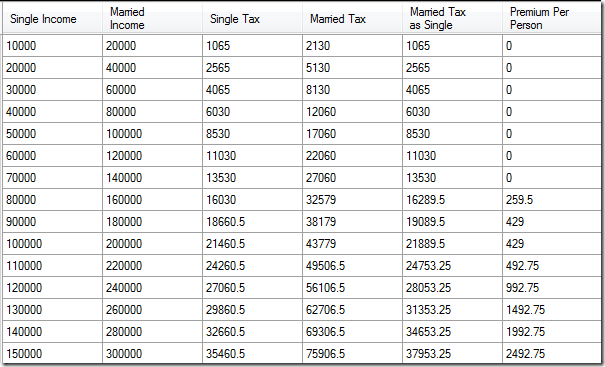Windows 8 has gotten a lot of press, mostly negative, for the Metro Start screen and the lack of the traditional Start menu. In all that debate and discussion of the pros and cons of the new design, a few obscure features that are new to Windows 8 have been overlooked, These new functions show that Microsoft continues to innovate and improve the Windows product. Some features may not be available in all Windows versions, so your experience may be different when attempting to use these.
Morse Code Entry
This functionality was added to Windows in response to a demand for increased security, especially in the military space. A recent news story discussed how the US government was investing in major upgrades, including Windows 8. The Morse Code Entry (MCE) system is designed to allow secure data entry for sensitive communications.
One of the most effective ways to steal information on a computer is to install a key-logger application. These applications capture each keystroke and store it to a file for later retrieval. This means username and passwords that are typed in are captured, along with emails, chats, URLs, and all other typed in data. MCE defeats this by allowing text entry using Morse code. Open up Notepad and begin a message by pressing the . key as you would on a Morse transmitter. Windows detects the patterns and converts the dots and dashes to characters for display. The keylogger simply records a series of periods, with no timing information between them to indicate a dot or dash. The keylogger has been defeated.
Internet History Sync
This feature was added for US markets, but ironically was requested by some specific governments in Asia. The simple description of the new service is that all Internet addresses accessed by a Windows 8 computer are synchronized with a central server. It’s like your normal Internet History in IE or Chrome, but extending system-wide. By default, this data is transmitted to a facility in an undisclosed location, operated by an unknown organization, but Microsoft is quick to point out that the data is secure and there is nothing to worry about.
From a technical perspective, this feature was extremely easy to implement, since all DNS resolution occurs in a system module. Initial reports show little to no performance impact from this enhancement. Although it can’t be confirmed, this feature may not be new for Windows 8, but may just be getting announced with this version.
Subliminal Mechanics Framework (SMF)
For developers, this new framework API is long-awaited. It provides a way to inject messages into the video output that are only perceived at a subliminal level. Most computer monitors operate at 60hz and higher, so displaying an image or a message for one of those frames would hardly be noticeable.
According to the API documentation, SMF is a great tool for any of the following:
- Display motivational messages to keep the user working
- Display religious messages to inspire a user
- Display corporate messages to improve worker loyalty
- Display “targeted” advertisements to improve sales
- Display messages of national importance to improve compliance
SMF is currently only active when using Metro applications, which explains the urgency to deprecate all classic Windows desktop applications and replace them with Metro versions.
Internet Simplification
If you are unable to find any information on these new features on any other blog or news source, then Internet Simplification (IS) is enabled on your Windows computer. This enhancement is being back-ported with each update to Microsoft software. So although it’s new with Windows 8, it’s not exclusive to Windows 8. The purpose of this application is to make the Internet easier to navigate by reducing the number of sites that have redundant information.
The Internet Simplification service leverages the search results from the Bing search engine and will redirect a web browser to the best (or first) source for the information being searched. Since this blog post is the first source to discuss these new Windows features, it will be considered “authoritative” by IS, and will be redirected to, regardless of what search engine originally performed the search. It’s also possible that this whole post is bullshit, but the IS service has been through a few revisions already, so the chances of a bullshit posting being flagged as authoritative by IS are pretty slim.
